A recent exhibition at the University of Glasgow’s Hunterian Art Gallery marked the tercentenary of the birth of William Hunter (1718–83), whose donation of his private collection to his alma mater formed the basis of the holdings of the gallery and the Hunterian Museum. ‘William Hunter and the Anatomy of the Modern Museum’ reassembled that original collection, now dispersed across the gallery, the museum, and the university’s library and archives. Hunter, a physician and anatomy lecturer, collected medical and natural historical specimens, but also books, manuscripts, art (including paintings by Chardin and Stubbs), coins, shells, insects, and artefacts from the Americas, the Far East and Australasia. The reach of Hunter’s collecting reflected not just his individual passions but the fact that antiquarianism, aesthetics and natural history were all part of the intellectual formation and working resources of an Enlightenment scientist.
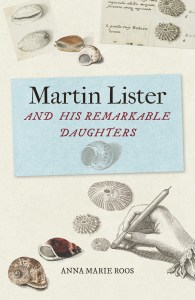
The way that boundaries between art and science were crossed was encapsulated in a room dedicated to Hunter’s natural history, where specimens from his vast shell collection were exhibited alongside a copy of Martin Lister’s Historiae Conchyliorum (1685–92). This monumental endeavour – four volumes presenting more than 1,000 copperplate engravings of the shells of snails and marine creatures – remained an important reference work long into the 19th century. Anna Marie Roos’s Martin Lister and his Remarkable Daughters is an account of its production and contexts, and the role in its making of Lister’s daughters Susanna and Anna. Like the Hunterian exhibition, Roos’s book illuminates an early modern scientist’s eclectic attention and the role of individual collectors in the formation of scientific disciplines and modern museums.
Lister (1639–1712) was, like Hunter, a physician, who practised in York and London while dedicating himself to the pursuits of a naturalist. An early fellow of the Royal Society, he contributed to its journal, the Philosophical Transactions, on topics including the chemistry of spa waters, the ‘darting of Spiders’, and Roman cookery. He founded the disciplines of conchology (the study of shells) and arachnology, making the first catalogue of English spiders. His study of fossils made him one of the first thinkers to entertain the extinction of species, and the first to illustrate fossils from the New World.
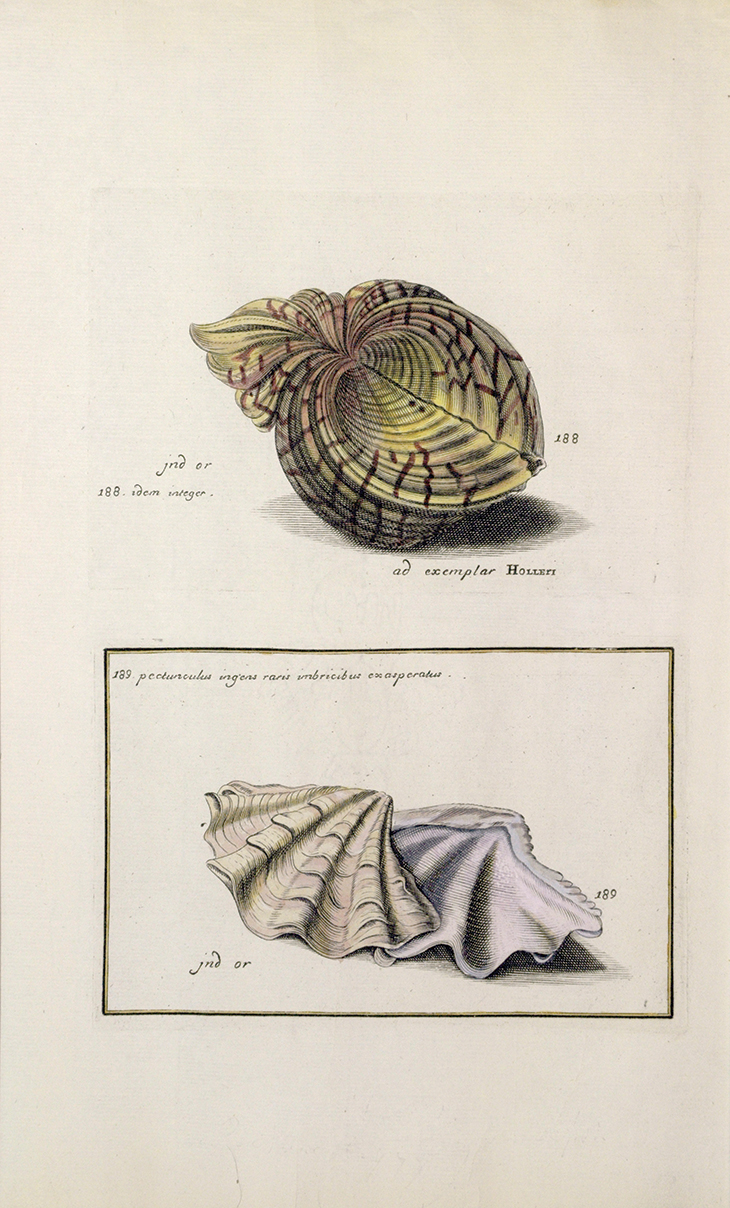
The Lister sisters’ handcoloured engraving of a bear paw clam, after Wenceslaus Hollar, published in the Historiae Conchyliorum (1685–92). Courtesy Bodleian Library, Oxford
Pleasingly, this book itself participates in the varied curiosity and the attention to the minuscule that characterised the natural historians of the age. Lister was among the targets mocked in Thomas Shadwell’s play The Virtuoso (1676), whose central character, Sir Nicholas Gimcrack, spends days in microscopic contemplation of an ant’s ‘fundament’, and who ‘has studi’d these twenty years to find out the several sorts of Spiders, and never cares for understanding Mankind’. But such eccentric obsessions have a charming peculiarity; likewise, Roos discusses fish, shells and spiders, the chirality (or ‘handedness’) of snails, petrified oysters, remedies made of butter of antimony and crayfish eyes, sea lilies and sea unicorns.
Her central purpose, however, is to tell the complex story of the production of the Historiae Conchyliorum, and in particular the contribution of Lister’s daughters. From an early age Susanna and Anna were trained by Martin in observation, drawing, and engraving. Roos deploys strikingly various evidence to show their techniques, demonstrating their dedication to accurate replication, in tracing shells on to the page and observing patterns of striation, and their distortion of perspective to exhibit information necessary to discriminate between shells. She dismisses earlier accounts of the Historiae as ‘primarily a work of decorative arts’, a judgement based in part on the ornate borders in which the Lister sisters enclosed the shells. Rather, Roos shows that the urges to observe scientifically and to take pleasure in form were simultaneous. A generous provision of plates and illustrations allows the reader to appreciate the skill and purpose of the daughters’ work, and the visual delights of their drawings and engravings.
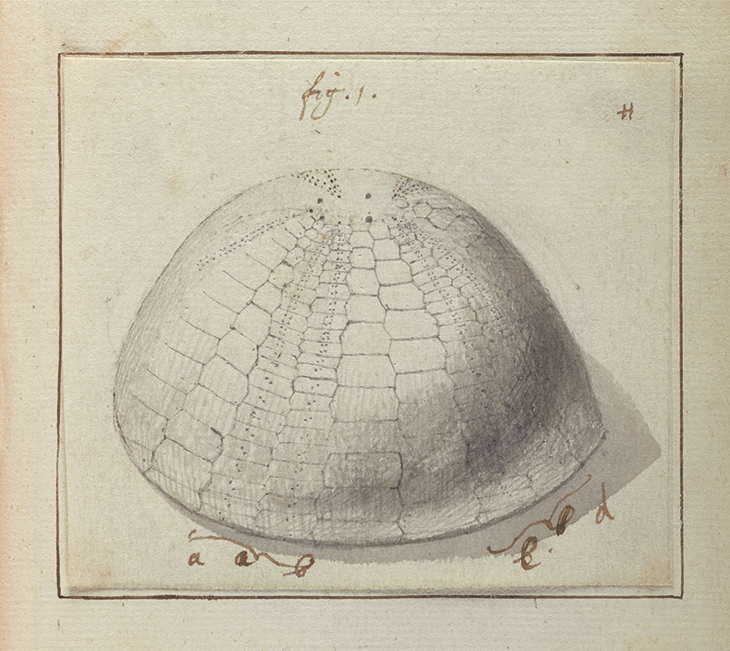
Lister’s notes indicating needed corrections to his daughters’ drawings of sea urchins. From ‘Original Drawings for Lister’s Conchology’ (c. 1690). Photo: Courtesy Bodleian Library, Oxford
The final chapter addresses the fate of collections, and how museums preserve the legacies of eclectic figures like Lister and Hunter. Many of the shells Susanna and Anna illustrated are now either in the British Museum or the Natural History Museum, having originally belonged to Hans Sloane; or in the Ashmolean, since Martin donated specimens to its first keeper, Robert Plot. He also gave all the copperplates for the Historiae Conchyliorum to Oxford University. In 2012, four boxes were discovered in another Bodleian collection, the Sackler Library, containing further copperplates, unpublished papers, and correspondence. They included the draft workbooks and sketches that have enabled some of Roos’s reconstruction of the Lister sisters’ working methods.
Roos emphasises the ‘remarkableness’ of Susanna and Anna Lister as women engaged in ‘the art of science’ in the period, placing them alongside the German naturalist and illustrator Maria Sibylla Merian (1647–1717). But the lack of documentary evidence for Susanna and Anna means that their achievements are seen through the lens of their father’s, something the book accentuates through the opening biographical study of Martin, which condenses Roos’s Web of Nature: Martin Lister (1639–1712), the First Arachnologist (2011). A different book might have compared the sisters’ work with that of Merian and other contemporaries such as the Dutch flower painter Rachel Ruysch (1664–1750): the Lister sisters furnish another example of how natural history and still life offered opportunities for women’s artistic practice stymied elsewhere. That book remains to be written. This one tells a fascinating story of the intertwining of scientific observation, artistic practice, and cultures of collection.
Martin Lister and his Remarkable Daughters: The Art of Science in the Seventeenth Century by Anna Marie Roos is published by the Bodleian Library.
From the February 2019 issue of Apollo. Preview the current issue and subscribe here.
Unlimited access from just $16 every 3 months
Subscribe to get unlimited and exclusive access to the top art stories, interviews and exhibition reviews.

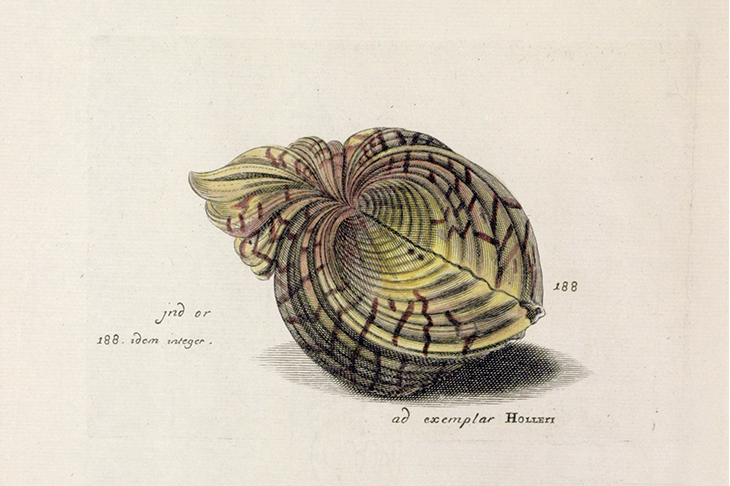
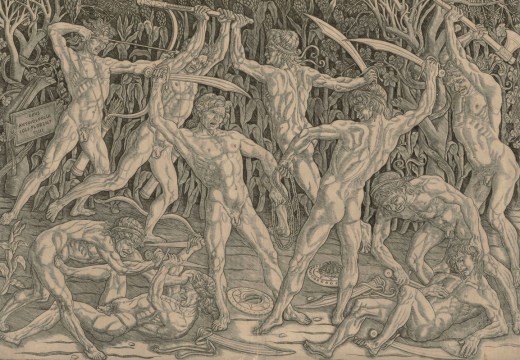
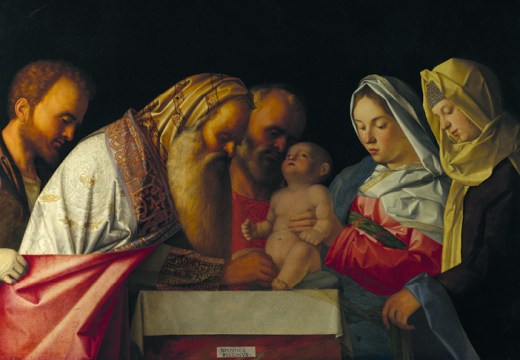
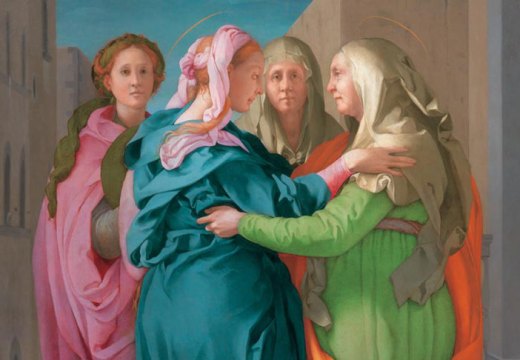









![Masterpiece [Re]discovery 2022. Photo: Ben Fisher Photography, courtesy of Masterpiece London](http://www.apollo-magazine.com/wp-content/uploads/2022/07/MPL2022_4263.jpg)
It’s time for the government of London to return to its rightful home